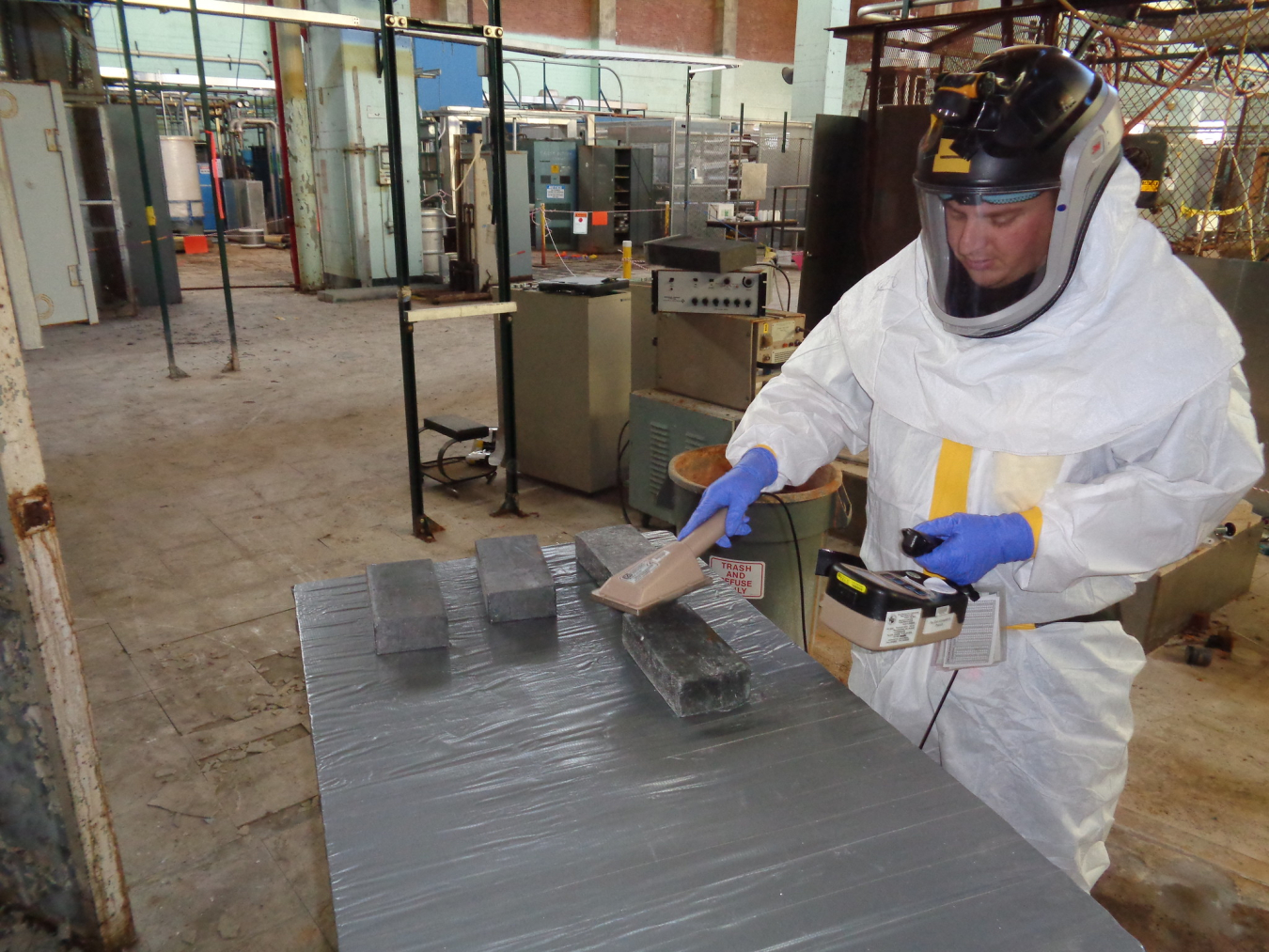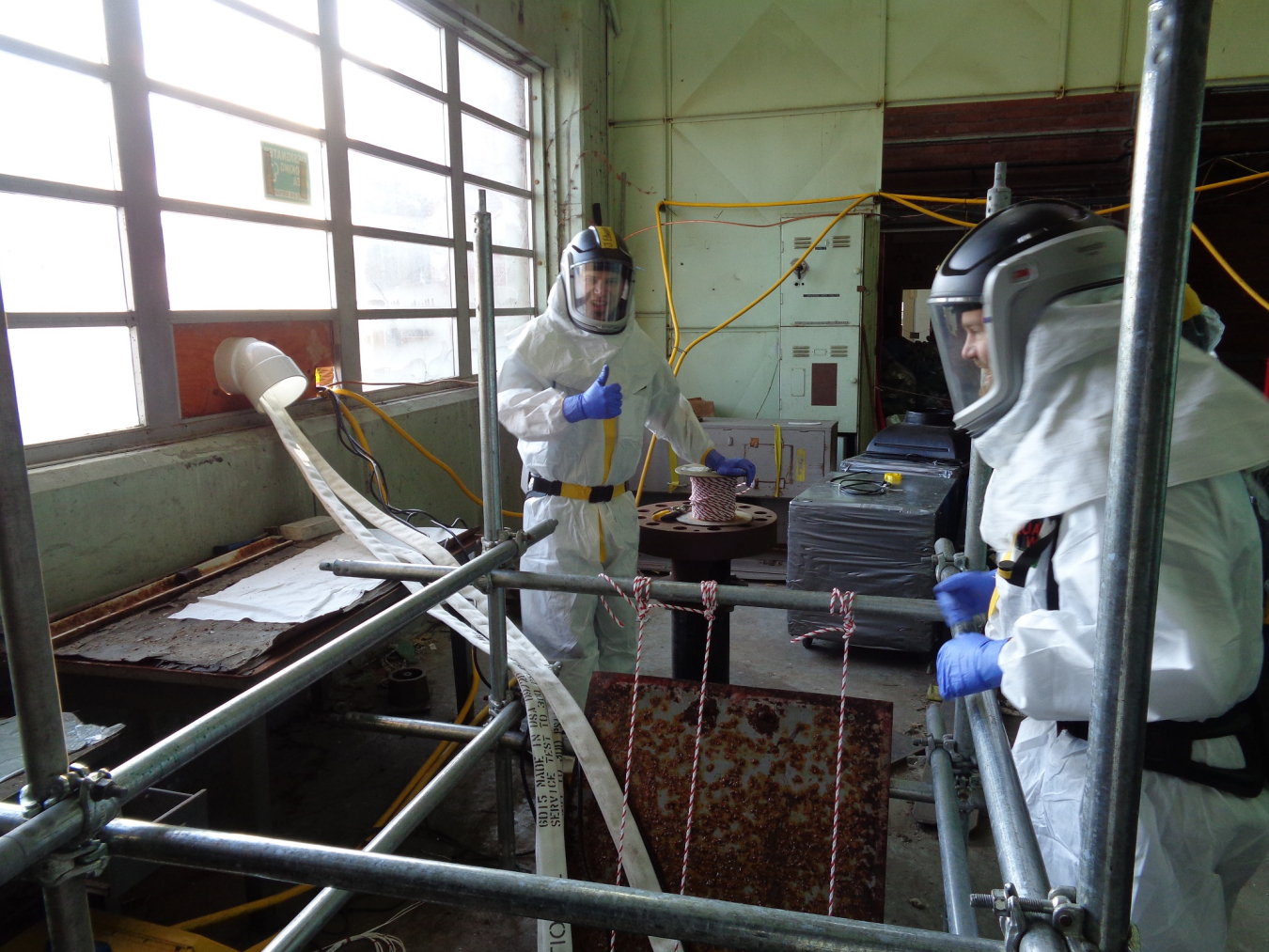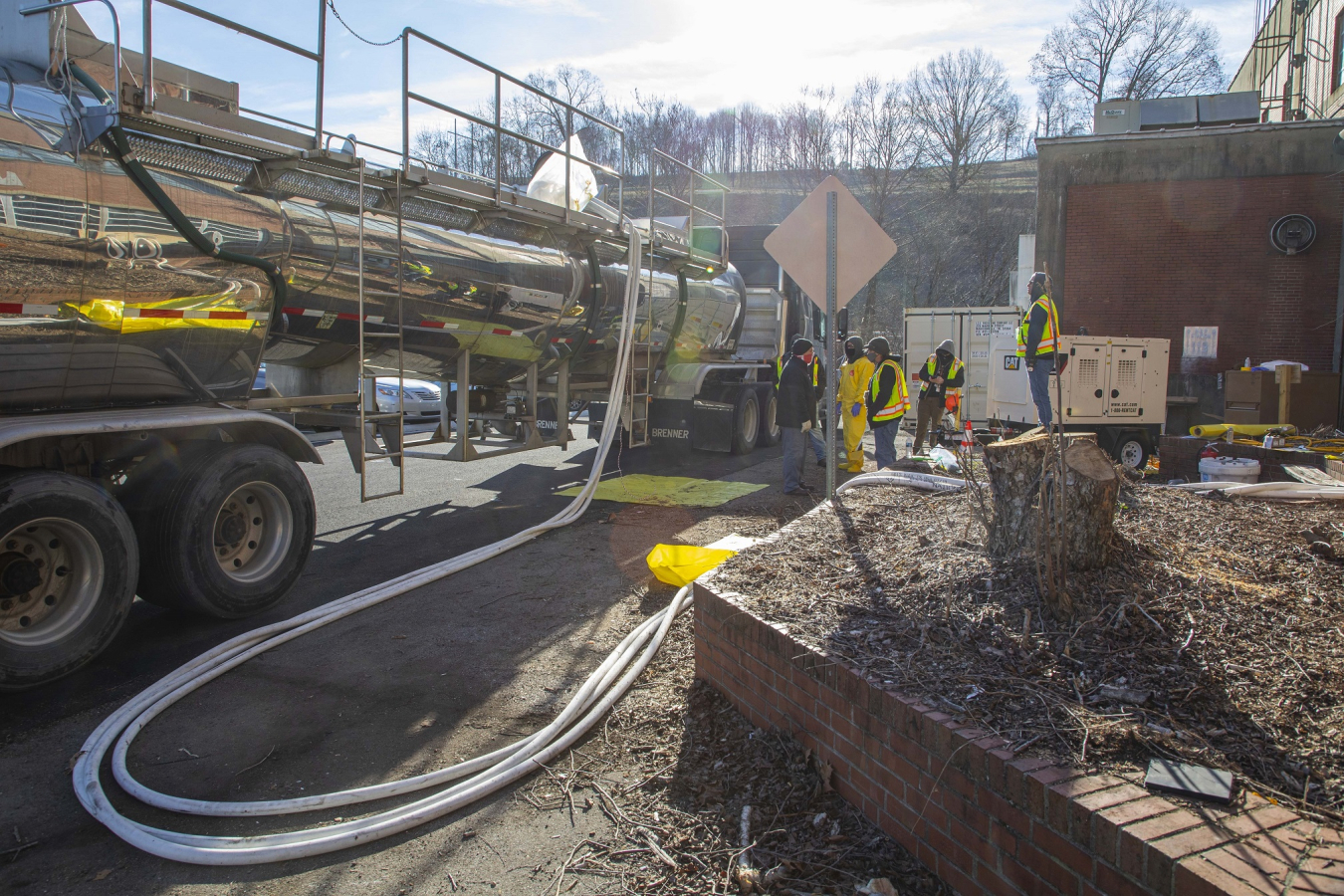
OAK RIDGE, Tenn. – Since the start of 2022, EM crews at Oak Ridge have finished deactivating the former Criticality Experiment Laboratory and the mercury contaminated Column Exchange (COLEX) equipment at the Y-12 National Security Complex (Y-12).
They are among 200 buildings at Y-12 and Oak Ridge National Laboratory (ORNL) that no longer support ongoing missions. A subset of those buildings comprise DOE’s largest inventory of high-risk excess contaminated facilities that the Oak Ridge Office of Environmental Management and its contractor UCOR are responsible for deactivating and demolishing.
Crews are conducting deactivation activities in many other buildings this year, including three former enrichment buildings at Y-12 and a number of former reactors and radioisotope processing facilities at ORNL.
Their progress on deactivation work continues inside the facilities, away from the spotlight on demolition work and attention surrounding subsequent new skyline and landscape views.
While demolition is the most visible aspect of cleanup, the deactivation phase is a significant step in cleanup, requiring immense planning and diverse skillsets. The deactivation phase accounts for the majority of each project’s timeline, and it’s often the most challenging. Read here about recent deactivation challenges that Oak Ridge crews met with innovative solutions.

A precursor to demolition, deactivation is the process of placing an excess facility into a stable condition to minimize existing risks and protect workers, the public and the environment.
The substantial planning that goes into deactivation work includes analyzing hazards in and around a facility, determining controls needed to protect the workforce and charting how to handle and dispose debris and other waste.
Workers begin field work by performing characterization to understand potential hazards. That involves collecting and testing samples throughout a facility and its surrounding area. Next, they remove and package waste, such as asbestos, and address equipment in the building.
“Prior to beginning work on any contaminated facility, our workers go through extensive training in how to recognize and handle the hazards they will encounter, including asbestos, radiological contamination, mercury and more,” said Dan Macias, UCOR’s Oak Ridge Reservation environmental cleanup manager. “This specialized training is in addition to more generalized industrial safety training necessary for working in deteriorating nuclear facilities and for equipment and vehicle operation.”

Each facility presents unique deactivation challenges based on its history and operations. In Alpha-2, workers are removing approximately 750,000 pounds of lead shielding blocks. Crews there are also draining tens of thousands of gallons of oil from large pieces of electrical equipment.
At Beta-1, crews installed sump pumps to remove an estimated 3 million gallons of water that accumulated in the basement as it sat vacant, and they conducted sampling to determine the appropriate course of disposal for it.
In Alpha-4, workers will install a hoist, trolley system, and construction elevators, and they’ll repair the facility’s monorail system. Crews will install temporary power for each system once the facility is placed in the "cold and dark” status, in which all potential hazardous energy sources are disconnected.
To receive the latest news and updates about the Office of Environmental Management, submit your e-mail address.
